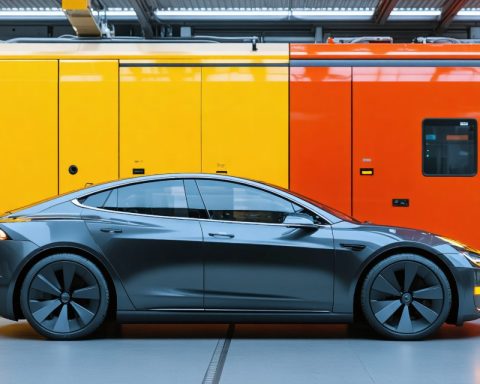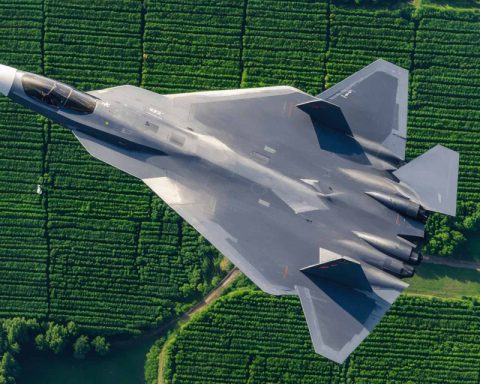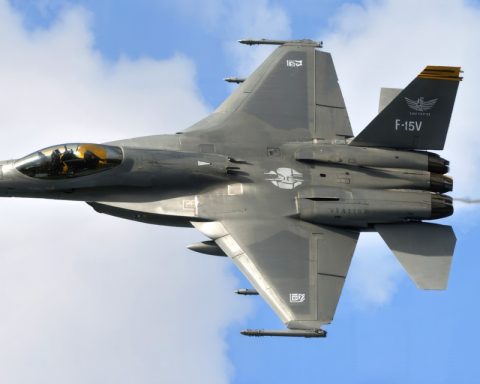
Unlocking the Full Potential of Electric Vehicle Batteries: The Lithium-Rich Oxide Quandary
Lithium-rich oxides are promising cathode materials with capacities exceeding 250 mAh g⁻¹, driven by the oxygen redox (O-redox) reaction. During the first charge, the





















